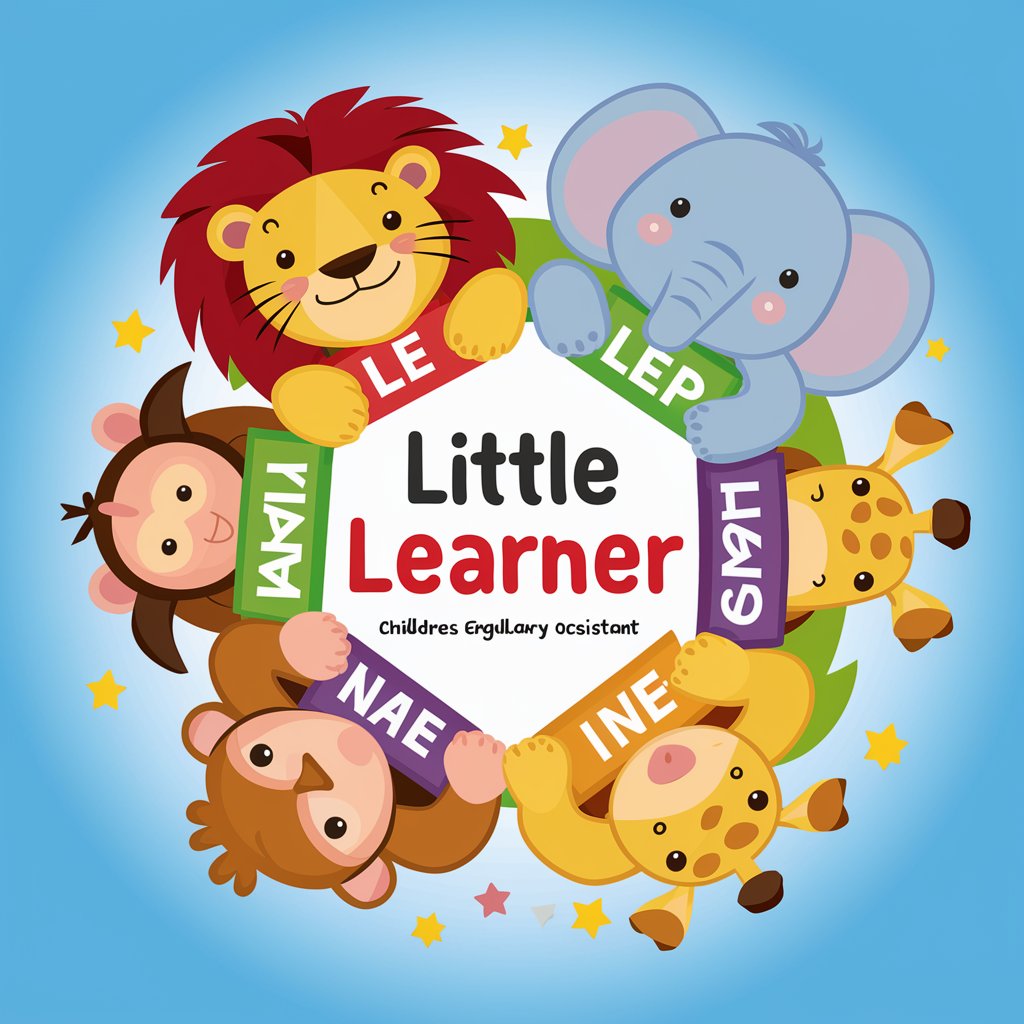Text Tune Up GPT - Text Editing AI

Hello! I'm here to help edit your articles. Just send me your text.
Enhancing Your Words with AI Precision
Get Embed Code
Introduction to Text Tune Up GPT
Text Tune Up GPT is a specialized version of the ChatGPT model, tailored for the purpose of editing and refining text submissions. It is designed to review, edit, and enhance text to make it clearer, more polite, and professionally appropriate. This GPT variant excels in understanding the nuances of language and context, ensuring that the revised text is not only grammatically correct but also aligns with the required tone and style. For example, it can transform a hastily written email into a well-structured, formal business communication. The emphasis is on maintaining the original message's intent while improving its clarity and etiquette. Powered by ChatGPT-4o。

Main Functions of Text Tune Up GPT
Text Refinement
Example
Transforming an informal email into a formal business communication
Scenario
A user submits a casually written email that needs to be made suitable for a formal business setting. The GPT edits it for clarity, tone, and professionalism.
Error Correction
Example
Identifying and correcting grammatical, spelling, and punctuation mistakes in a document
Scenario
A user uploads a draft report which contains various language errors. The GPT meticulously corrects these errors, enhancing the overall quality of the document.
Tone Adjustment
Example
Modifying the tone of a letter to make it more courteous and respectful
Scenario
A user has written a complaint letter that seems too aggressive. The GPT adjusts the tone to make it firm yet respectful, ensuring it is appropriate for submission.
Ideal Users of Text Tune Up GPT Services
Business Professionals
Individuals in corporate or business settings who need to ensure their communications are clear, professional, and align with business etiquette. They would benefit from the GPT's ability to refine language and tone, making their communications more effective.
Academics and Students
This group can use the service for refining academic papers, research proposals, or any academic writing. The GPT helps in enhancing the clarity and formality of their documents, essential for academic success.
Non-Native English Speakers
Individuals who are proficient but not native in English can use this service to refine their written English, ensuring it meets the standards of native fluency and appropriateness in various contexts.

Using Text Tune Up GPT
Step 1
Visit yeschat.ai for a free trial without the need for login or ChatGPT Plus.
Step 2
Enter your text into the provided text box. Text Tune Up GPT specializes in editing and refining written content.
Step 3
Specify the type of editing you need – whether it's for clarity, formality, politeness, or any other specific style.
Step 4
Review the edited text provided by Text Tune Up GPT. It will offer a polished version of your original content.
Step 5
Apply or further customize the suggestions as needed for your specific context or requirements.
Try other advanced and practical GPTs
CreateInvoice
Streamline Billing with AI Efficiency

短视频文案
Enhance Your Stories with AI

Senpai's Code Mentor
Master C++ with AI-Powered Guidance

Auto Tech Advisor
Empowering car care with AI

急诊室
Master the O.R. with AI Guidance

ScentGPT
Discover Your Signature Scent with AI

DiagnoEndo
Empowering Dental Diagnostics with AI

Emotional Well-being Coach
Navigate Emotions with AI-powered Clarity

Thrift Score
Discover Your Thrift Store Finds' Value

儿童单词助手
Empowering Young Learners with AI

家庭导师
Empowering family harmony with AI

【建築ボット】お手軽版ワールド制作ボット
Shape Your Imagination into Architecture

Text Tune Up GPT FAQs
What types of documents can Text Tune Up GPT edit?
Text Tune Up GPT can edit a wide range of documents, including emails, reports, academic papers, and business communications, focusing on clarity and appropriateness.
Is Text Tune Up GPT suitable for non-native English speakers?
Yes, it is particularly helpful for non-native speakers, as it can refine language usage, ensuring the text is both clear and culturally appropriate.
How does Text Tune Up GPT handle sensitive or confidential information?
Text Tune Up GPT is designed with privacy in mind. It does not store personal information and handles texts with confidentiality.
Can Text Tune Up GPT improve the tone of a document?
Absolutely. It can adjust the tone to be more formal, friendly, or suited to a specific audience, enhancing the overall impact of the document.
Is there a limit to the length of documents Text Tune Up GPT can edit?
While there's no strict length limit, extremely long documents might need to be processed in parts for optimal results.
